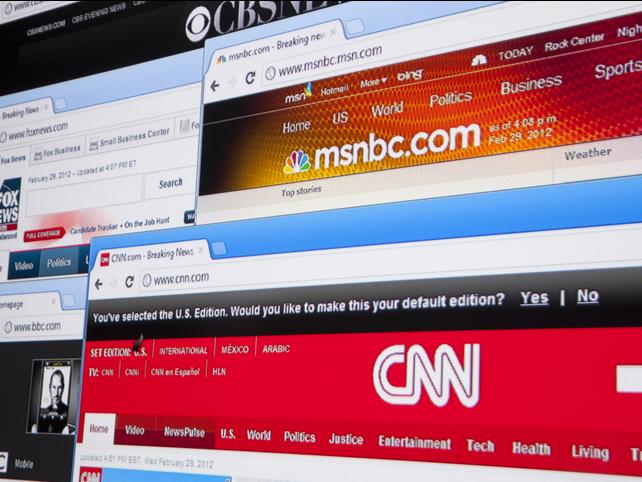
Combat social injustice burnout in social sciences and humanities courses
Teaching and researching social injustices and global conflicts can take a toll on faculty, however, it is often underestimated how overwhelming it can also be for students, some of whom experience these issues on top of the stress of their studies. In my current affairs classes, I commonly see students deal with a sense of crushing devastation, demotivation and disillusion about the future.
Despite this, I’m a firm believer that education has and will always be a catalyst for change. Therefore, it’s extremely important that students do not shy away from learning about society and that we empower them to transform their frustration and anger into active social participation. So, the question is: how do we address the unavoidable disillusionment that comes from awareness of the state of the world without falling into despair while at the same time inviting students to be active participants in issues that matter to them?
To accomplish this objective, I’ve come up with the following three strategies:
- Teach students about power structures from a systemic and historical perspective
- Include the study of social movements and their history, struggles and gains in your syllabus
- Invite local organisations or collectives who work on relevant issues to class.
To avoid simplistic explanations of world conflicts, we must make students aware of what causes social injustice from a systemic and historical perspective. This approach to social issues will help students understand that problems such as global warming, gender violence, poverty, armed conflicts and others are not a product of our individual decisions or our lack of moral standing but rather they are consequences of historical power struggles. Learning from this perspective will prevent students feeling guilty.
- Resource collection: Teach your students to be engaged citizens
- How to engage students using public advocacy
- Believe it or not, you can use conspiracy theories as tools for teaching
An example of how to apply this in class would be to include an activity that requires students to research and reflect on the connections between colonialism and the precarity of the Global South. This would involve an investigation into the history and the symbolic and material consequences of colonialism in a specific country and/or population and a reflection on the consequences they still face as a result. This will allow students to practise systemic analysis and join the dots.
The second strategy I recommend is very simple: for every injustice you explore in class, include examples of resistance. Include the history of several social movements, their origin, their challenges and their achievements in your syllabus. This has helped my students become aware that change is indeed possible and that it is possible to resist systemic oppression. However, it is vital to emphasise that social change takes time, sacrifice and enormous amounts of collaboration, strategy and active learning.
The final strategy on my list involves inviting members of local movements and activists to your classes. You could interview them in front of your students, ask them to present to the class or even take your students to their place of work so they can see what they do for themselves. These activities demonstrate that local efforts achieve results and present ways students can get involved.
A bonus idea for those whose classes intersect the arts and humanities is to teach students about resistance art to demonstrate how we can get involved using the tools and talents that we have at hand. If the class is asynchronous or online, I recommend encouraging students to use AI image generators such as DALL-E, Midjourney and Bing image creator to create social justice artwork or to use virtual reality and gamification via VRChat or Roblox to give students a more profound and sensory experience of what it’s like to be involved in relevant causes.
Teaching our students about modern-day challenges is imperative if we want a fairer world. However, it can be frustrating and disheartening when we focus on the issues rather than the solutions. Therefore, our responsibility as educators is to ensure we deal with reality critically and plant seeds of hope. We must remind ourselves and our students that the world’s cracks are mendable. This way, we can transform solidarity into action and indignation into collaboration.
Paulina Millán Aguilar is digital education professor at Tecnológico de Monterrey.
If you would like advice and insight from academics and university staff delivered direct to your inbox each week, sign up for the Campus newsletter.




